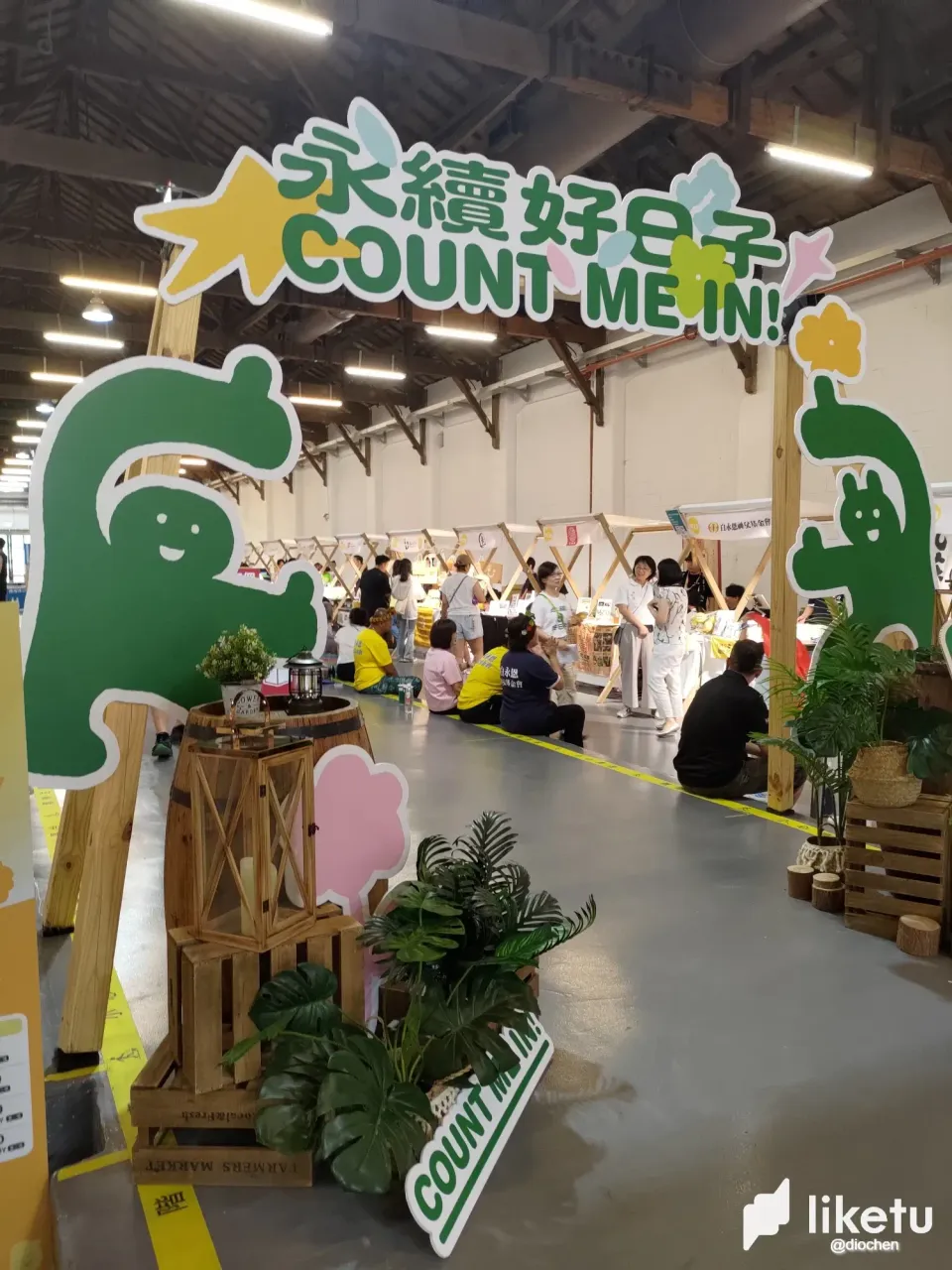
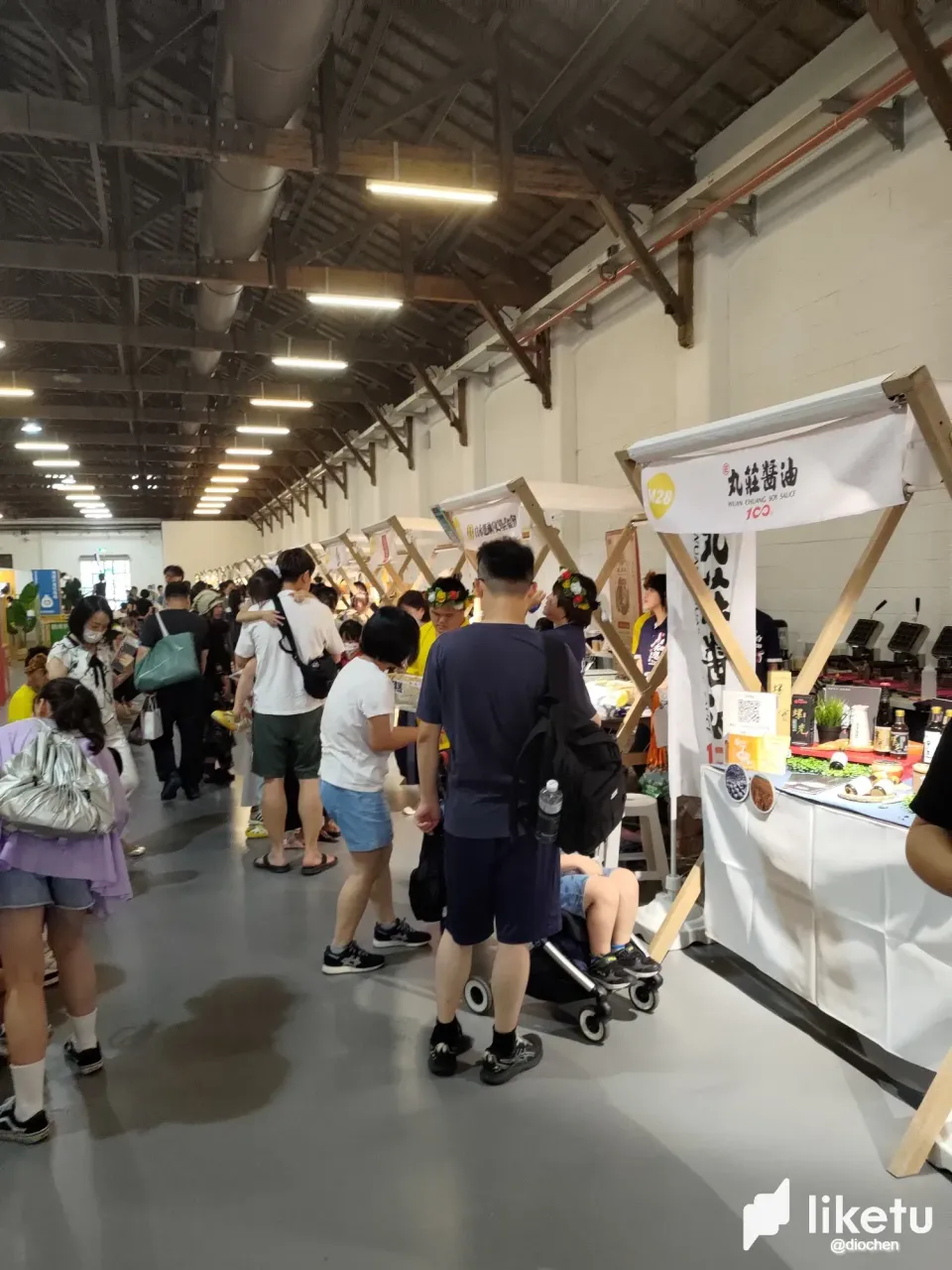
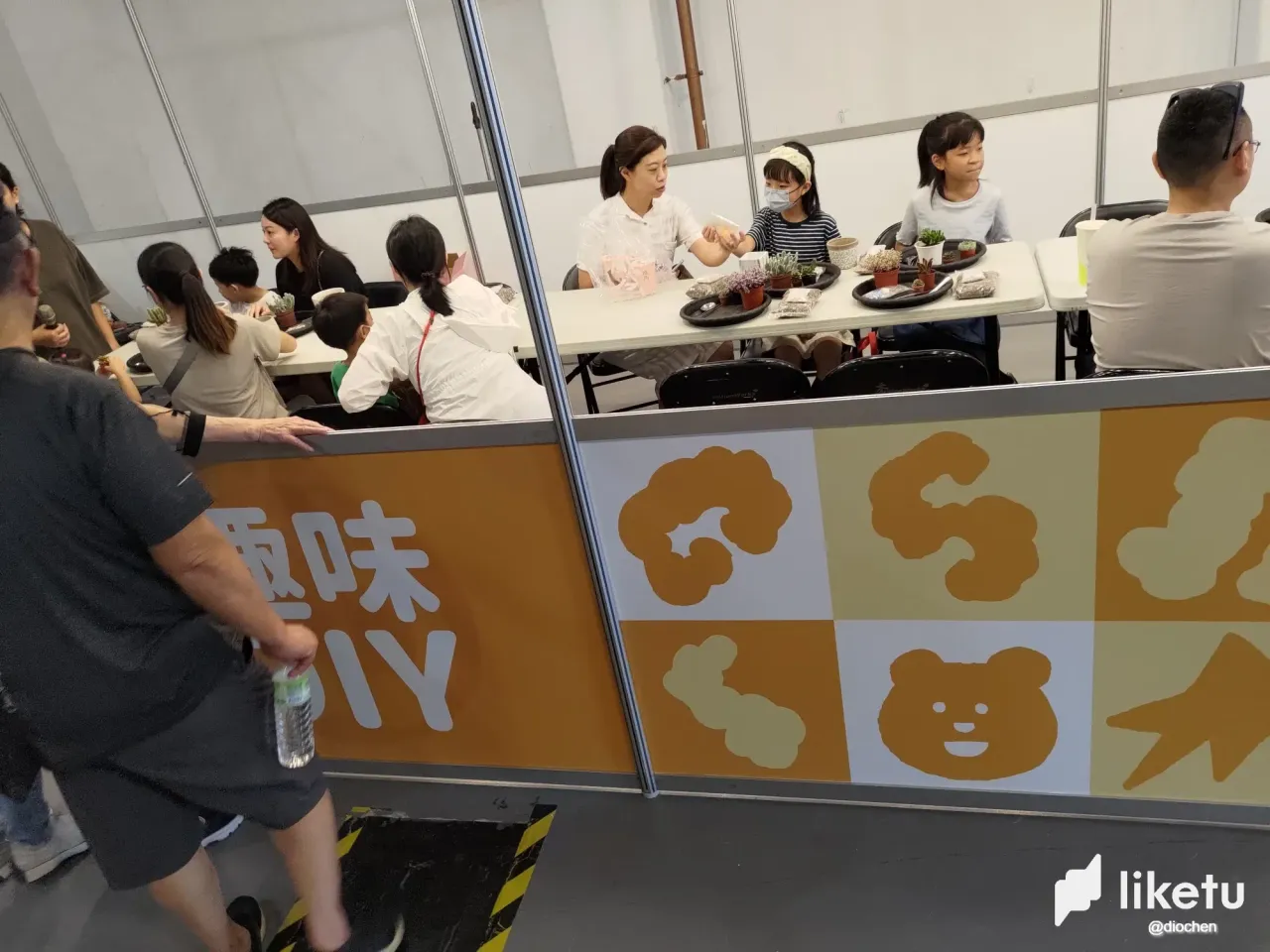
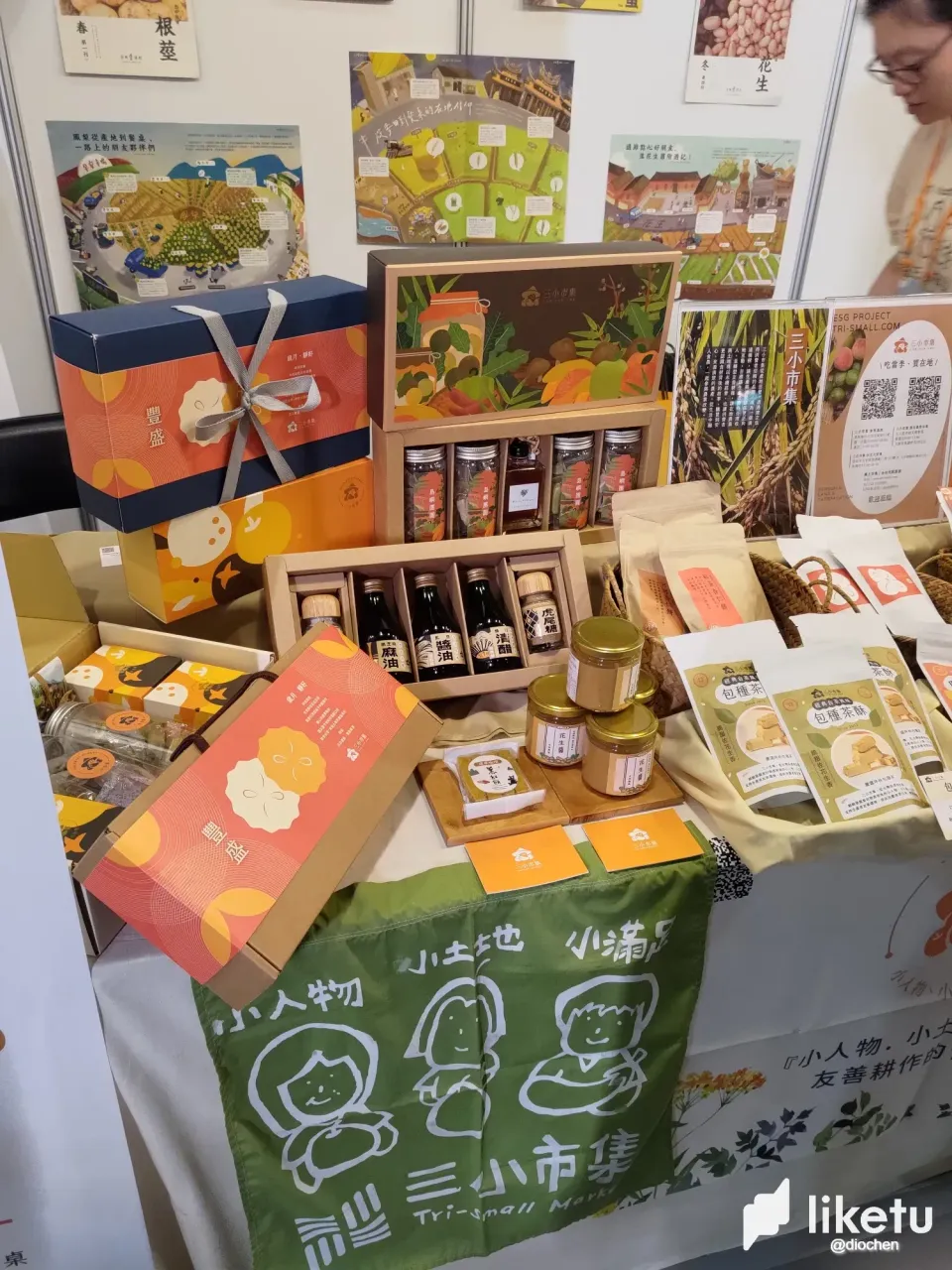
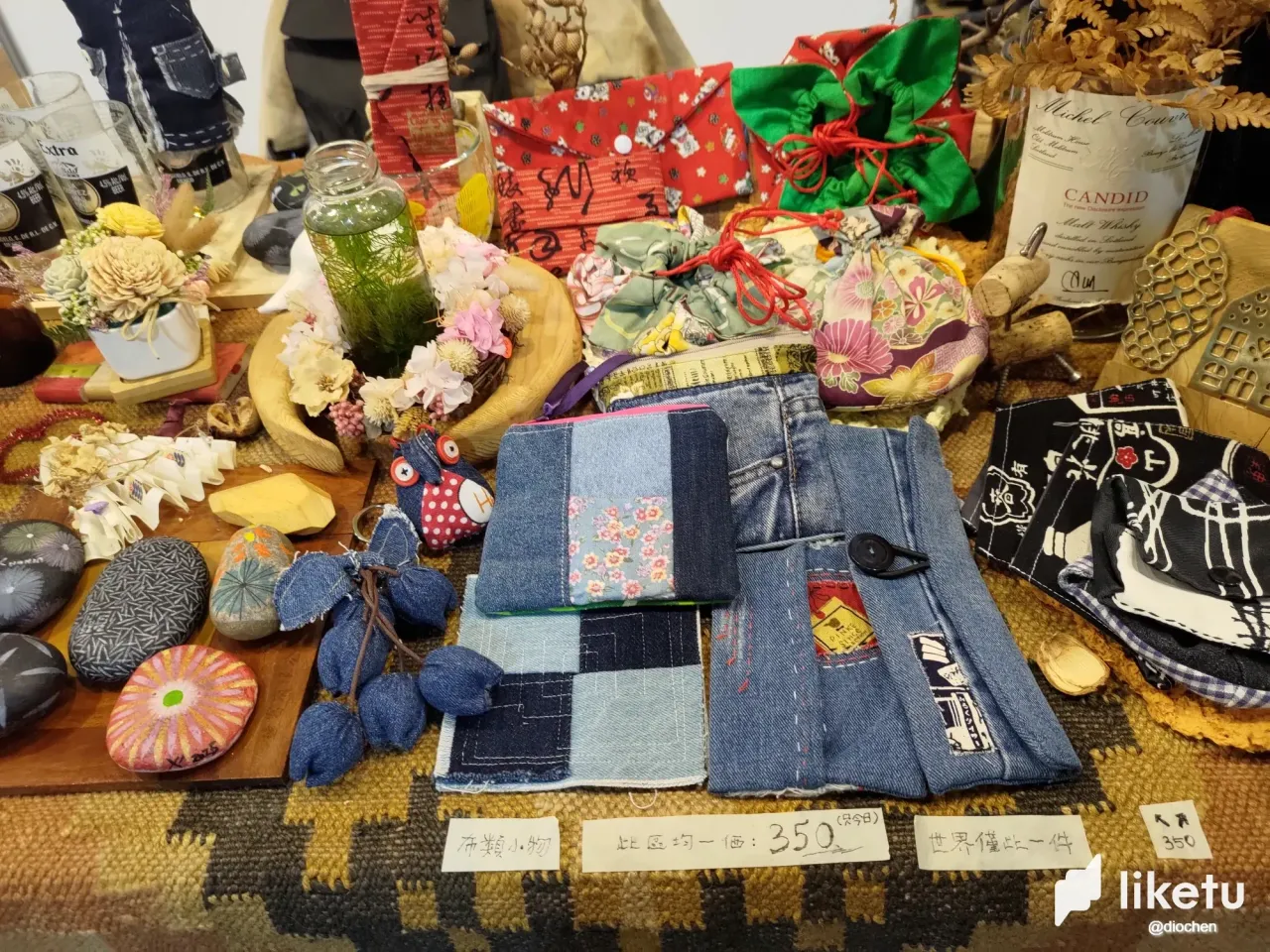
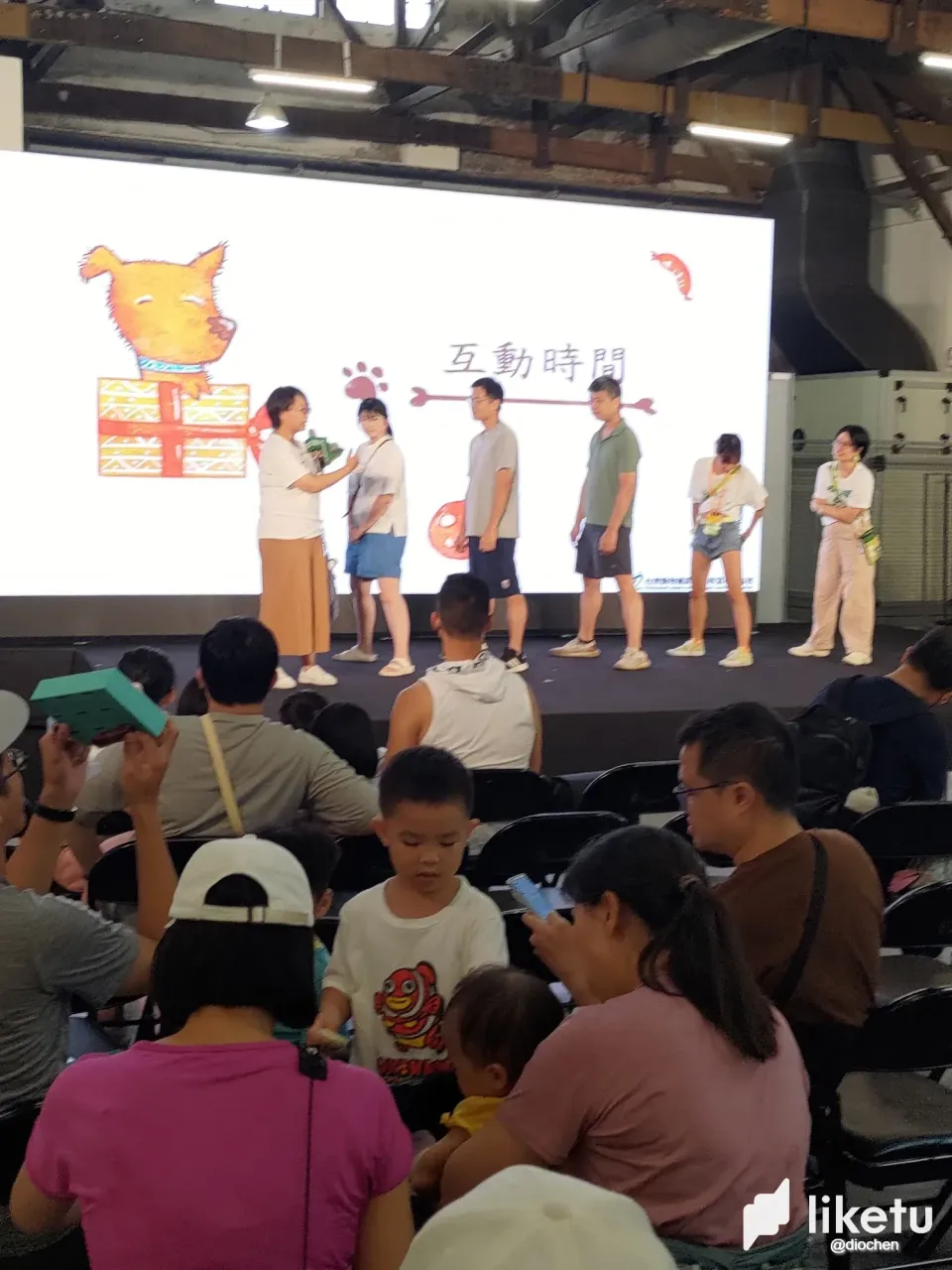
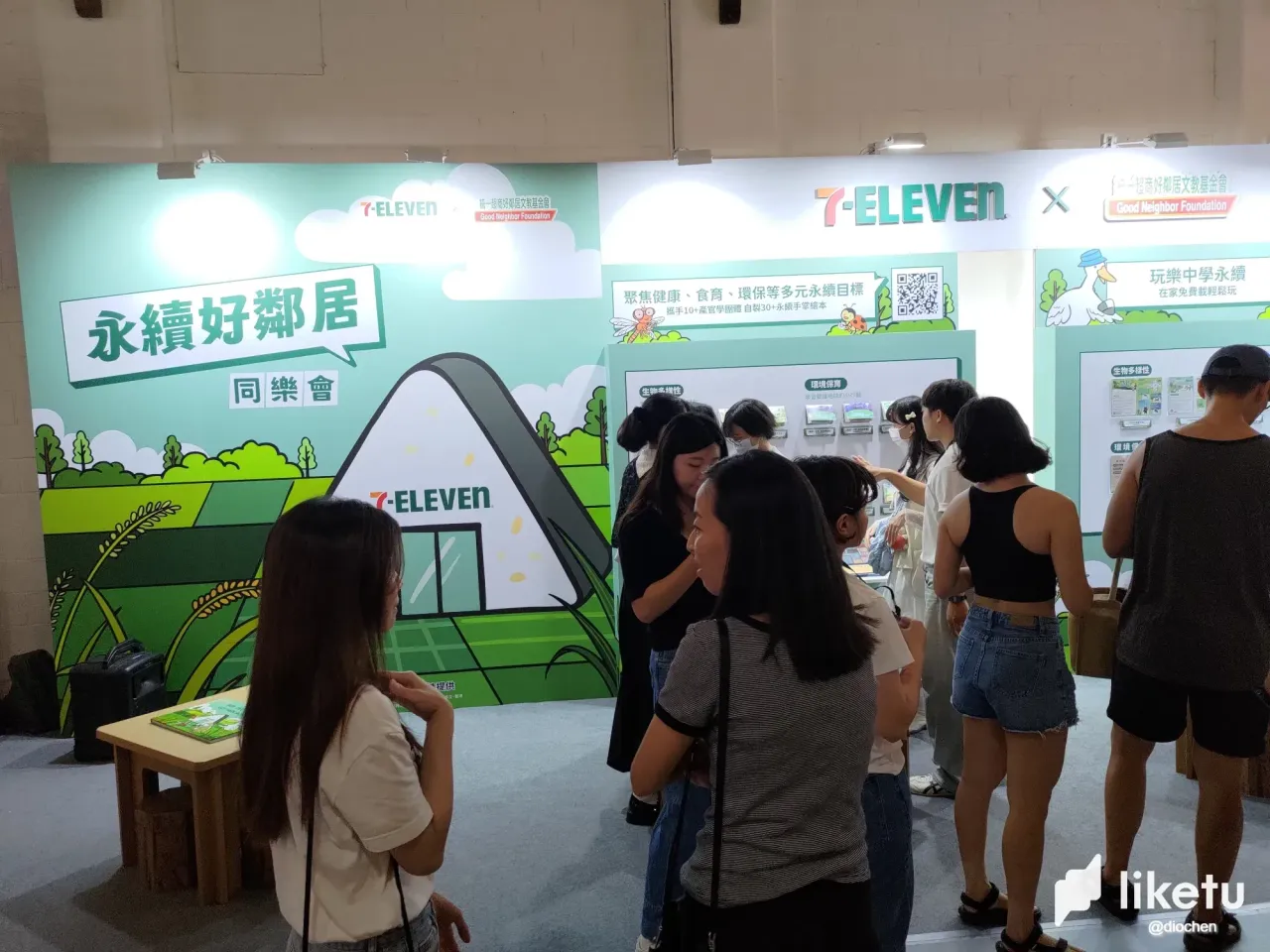
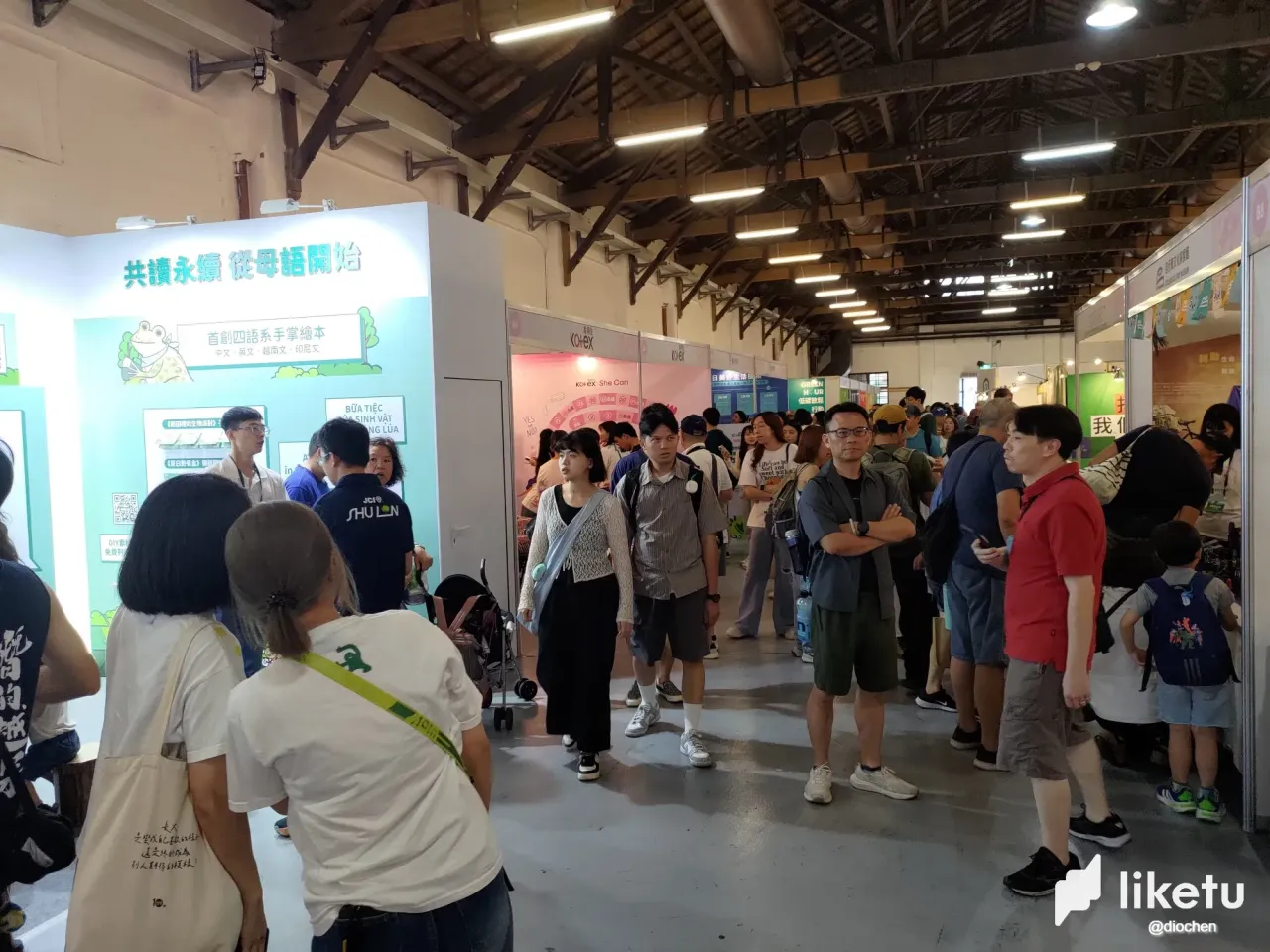
談到「永續」,我們常聯想到保護地球、節能減碳或綠色生活,其實,在工作或生活中,也常常感到各國政府或組織,在推廣永續的概念,而這場展覽,就是由多個公私部門攜手合作,用最直觀的方式向大眾宣傳永續的重要性,我抱著隨意逛逛、順便看看新鮮事的心態,踏入了展場。
其中,人氣最高的地區是永續生態聚落,是由各地攤位販賣符合永續精神的商品,經過某攤位,我拿到了一些試吃品,好像是堅果餅乾,我搞不清楚和永續精神的相關性,有一些用漂流木或廢棄物,製作的珠寶吊飾或文具,這類商品和永續的相關性就比較高了。
現場有一區是手作體驗課程,老師會教導親手製作可愛的羊毛氈別針、小花狗像框畫、精油御守、多肉盆栽造景、再生藝術咖啡豆麻布提袋等,據我觀察,家長們只要有體驗課程能夠讓孩童學習,他們不真的在乎這些永續目標,但是,我想,家長們還是會找機會灌輸孩童們有關永續的概念。
SDGs特務大聯盟是其中一個展區,這區就比較無聊了,透過一些圖卡或海報,讓人們瞭解全球各地永續發展的現況與挑戰,但是,可以集點兌換獎品,所以,還是有些人在這裡闖關集點,此外,還有幾家有名的品牌大廠,展現企業推動永續的成果,如家樂福推動動物福利,鼓勵購買非籠飼雞蛋;統一超商展示與好鄰居文教基金會合作的永續手掌繪本。
我又想到最近有個政策,要求很多經營場館,販售餐飲時不得免費提供一次性餐具,如餐盒、碗、筷子及湯匙等,顧客可以現場購買那些一次性餐具,每項收費不得低於1元,大部分的人都認同,理念很好,應該支持,但是,也提到,會很不方便,及有點變相漲價的不公平,說的白話一點,就是嘴上支持,心中反對,看來,永續還有很長的一段路要走。
When we talk about “sustainability”, we often think of protecting the Earth, reducing carbon emissions, or living a greener lifestyle. In fact, both in work and daily life, we can clearly see how governments and organizations around the world are constantly promoting the concept of sustainability. This exhibition was a perfect example, a collaborative effort between various public and private sectors to showcase sustainability in the most direct and engaging way. With a casual “let’s see what’s new” mindset, I stepped into the venue.
One of the most popular areas was the Sustainable Eco-Village, where different booths sold products that aligned with the idea of sustainability. At one booth, I got some free samples of what seemed to be nut cookies, though I honestly couldn’t figure out how they related to sustainability. On the other hand, items like jewelry and stationery made from driftwood or recycled materials clearly fit the theme better.
There was also a DIY workshop area, where instructors taught participants how to make things like cute felt brooches, dog-themed photo frames, essential oil charms, succulent terrariums, and tote bags crafted from recycled coffee bean sacks. From what I observed, most parents didn’t seem overly concerned about the sustainability goals themselves—they just wanted fun activities to keep their kids engaged. Still, I imagine these workshops could be a good opportunity for parents to later introduce their kids to sustainability concepts in a more subtle way.
Another section, called the SDGs Task Force Zone, was less exciting. It mainly used posters and info cards to explain global sustainability challenges and progress. But since visitors could collect stamps and redeem prizes, there were still plenty of people participating. There were also several major brands showcasing their sustainability efforts: Carrefour, for instance, highlighted its animal welfare initiative encouraging shoppers to buy cage-free eggs, while 7-Eleven presented a children’s sustainability storybook project in collaboration with the Good Neighbor Foundation.
This all reminded me of a recent policy that prohibits food vendors in many venues from offering free single-use tableware like boxes, bowls, chopsticks, and spoons. Customers can still purchase them, but each item must cost at least NT$1. While most people agree with the idea in principle, they also complain that it’s inconvenient and feels like a hidden price increase. To put it bluntly, many say they support it, but in their hearts, they don’t. Clearly, sustainability still has a long road ahead.